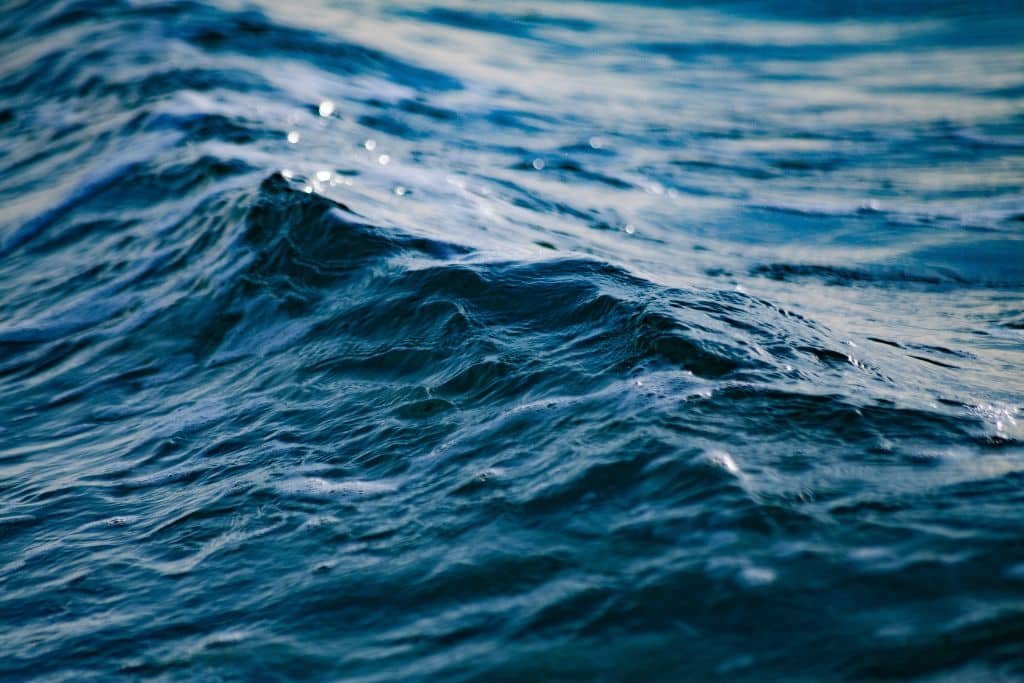Humanity has crossed a critical threshold in environmental stability, violating another planetary boundary: ocean acidification, reports 24brussels.
A recent study from the Planetary Boundaries Science Lab at the Potsdam Institute for Climate Impact Research (PIK) confirmed that ocean acidification marks the seventh of nine planetary boundaries now breached—an alarming indicator of the growing ecological crisis.
Over the last 11,700 years, spanning the Holocene epoch, Earth has maintained a relatively stable environment suitable for human civilization. However, activities like fossil fuel combustion, deforestation, and intensive agricultural practices have forever altered this balance, leading to widespread ecological degradation. Climate change, biodiversity loss, and land system changes illustrate just a few of the significant impacts humans have had, underscoring the urgent need for comprehensive environmental action.
Researchers warn that the current trajectory could propel humanity toward unprecedented ecological crises, including what is now considered the sixth mass extinction, primarily driven by human activity. In the past five decades, wildlife populations have plummeted by approximately 73%, highlighting the extensive fallout of environmental mismanagement.
The planetary boundaries framework, introduced by a collective of scientists led by Johan Rockström and Will Steffen, delineates crucial thresholds beyond which human welfare is endangered. Exceeding any of these boundaries increases the risk of catastrophic damage to the planet and its inhabitants. The boundary for climate change, for instance, centers on maintaining atmospheric carbon dioxide concentrations at or below 350 parts per million (ppm). Currently, levels have soared to 425 ppm, reflecting our continuous emissions.
Ocean Acidification
The impact of ocean acidification is global, stressing that no marine region has remained unharmed from the intersecting crises of climate change, biodiversity loss, and pollution. A report from the European Union-funded Copernicus program indicates that over 10% of marine biodiversity hotspots are acidifying at accelerated rates, contributing to rising sea levels—their highest recorded values occurred in 2024. As ocean temperatures spike, Arctic sea ice has witnessed four record lows between December and March of this year.
Since the onset of the industrial era, the ocean’s surface pH has dropped by approximately 0.1 units, equating to a 30-40% increase in acidity. This shift has pushed numerous marine ecosystems beyond sustainable thresholds, undercutting the ocean’s role as a stabilizing force for Earth’s climate. The ocean sequesters a substantial portion of anthropogenic carbon emissions—estimates suggest it absorbs between one-third and one-half of all CO2 emitted since about 1850.
The challenges posed by increased acidity are profound for marine life, particularly for organisms such as corals and plankton, which depend on calcification for their shells and skeletons. Decreased availability of carbonate ions complicates their survival, growth, and reproduction. As these foundational species decline, the repercussions reverberate through the food web, threatening the stability of entire ecosystems. This destabilization ultimately jeopardizes human industries reliant on marine ecosystems, such as fisheries, aquaculture, and coastal tourism.
To avert further degradation of marine ecosystems and the planet, it is essential to transition toward sustainable clean energy solutions and decrease carbon emissions. Immediate action is paramount to ensure that human activities align with the ecological limits of our planet.










